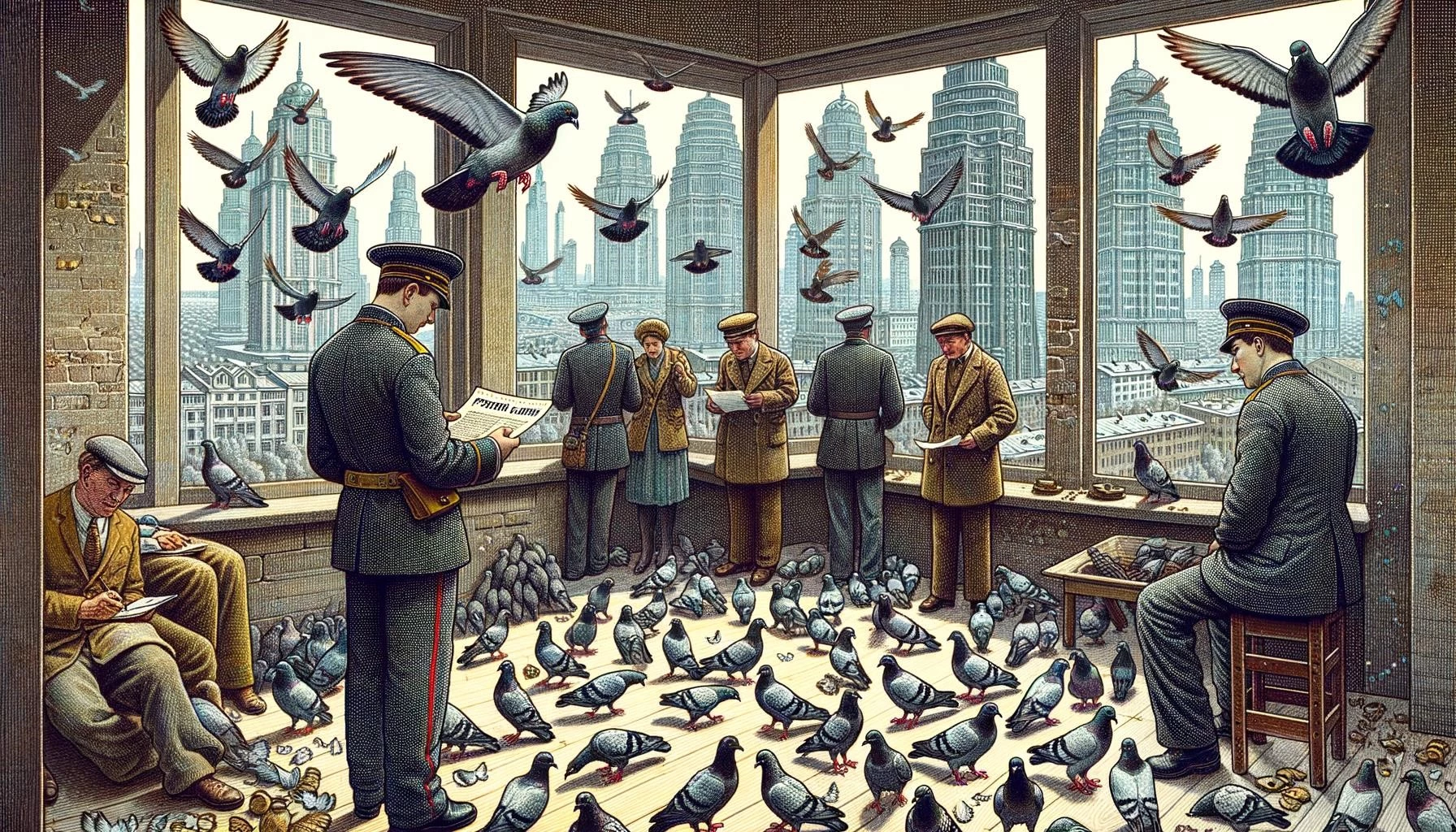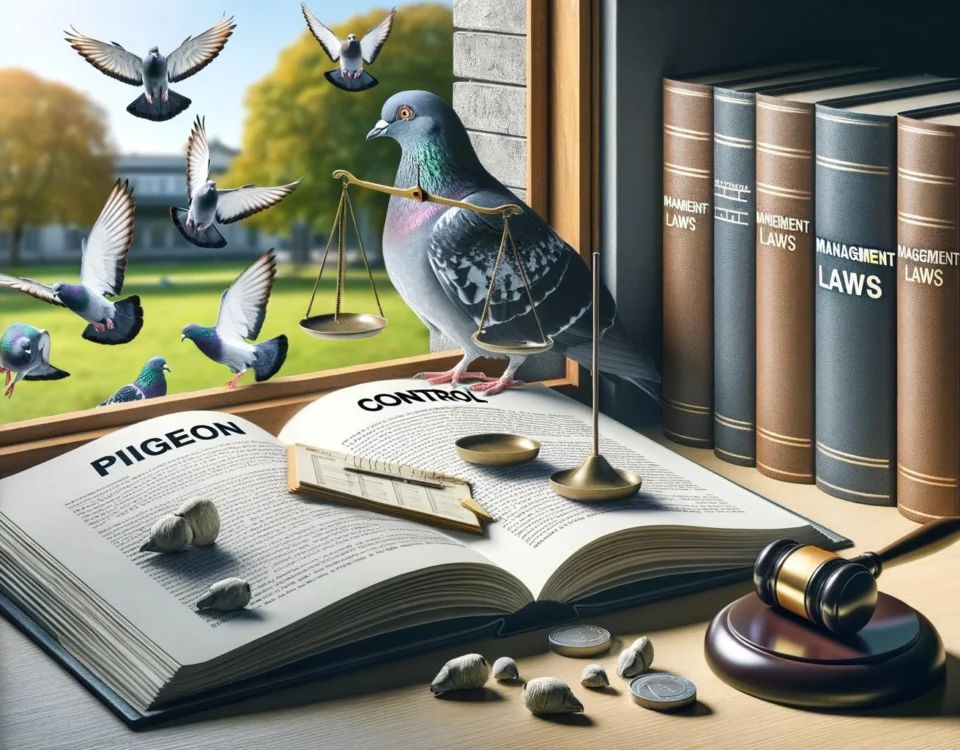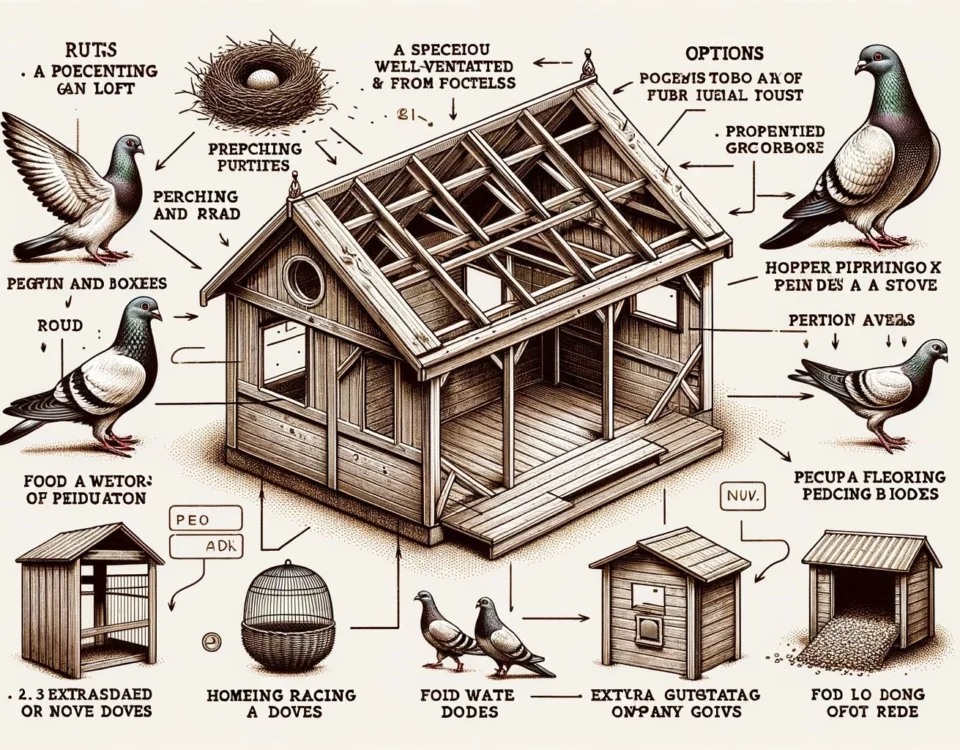Pigeons are a common sight in many cities around the world. While these birds are often seen as a nuisance, there are laws and police interventions in place to regulate their presence and address any issues they may cause. In this article, we will explore the topic of pigeon laws and police interventions, examining the regulations that govern these birds and the actions that law enforcement agencies take to manage them.
Key Takeaways
- Pigeons are subject to laws and regulations aimed at managing their population and protecting public health and safety.
- Police interventions regarding pigeons usually focus on addressing specific problems caused by these birds, such as aggressive behavior or health concerns.
- Pigeon control methods may include birth control measures, such as bird contraceptives, as well as other strategies to limit flock size and prevent the spread of diseases.
Pigeon Laws and Regulations
1. Population Control
Many cities have implemented laws and regulations to control the population of pigeons. These measures aim to prevent overpopulation, reduce the damage caused by their droppings, and minimize the potential health risks associated with large pigeon populations.
One common approach is to limit food availability for pigeons by implementing laws against feeding them in public spaces. These laws discourage the feeding of pigeons and help reduce their dependence on human-provided food sources.
In addition to food restrictions, some cities have implemented trapping and culling programs to control pigeon populations. These programs often involve the humane capture and removal of pigeons from specific areas, with the goal of reducing their numbers.
2. Public Health and Sanitation
Pigeons are known to carry diseases and can spread them through their droppings. As a result, many cities have instituted regulations to address the public health concerns associated with pigeon populations.
These regulations often require property owners to keep their buildings and structures free from pigeon droppings, as well as to prevent pigeons from roosting or nesting on their properties. Property owners may be required to install deterrents, such as spikes or nets, to discourage pigeons from inhabiting their buildings or structures.
In some cases, property owners who fail to comply with these regulations may face fines or other penalties. These measures are intended to promote public health and ensure that buildings and public spaces remain clean and safe for the community.
Police Interventions Regarding Pigeons
1. Addressing Aggressive Behavior
In certain situations, pigeons can exhibit aggressive behavior, posing a threat to the safety of individuals. Law enforcement agencies may intervene when there are reports of aggressive pigeons, especially if there have been incidents of attacks or injuries.
When confronted with aggressive pigeons, the police may work with animal control officers or pest control services to remove or relocate the problem birds. This intervention aims to protect the public from potential harm and mitigate any risks associated with aggressive pigeon behavior.
2. Managing Health Concerns
Pigeons can carry diseases, some of which can be transmitted to humans. When there are concerns about the spread of diseases related to pigeons, law enforcement agencies may work in collaboration with public health officials to implement appropriate interventions.
These interventions may involve enforcing regulations related to pigeon control and addressing potential health hazards caused by pigeon droppings. In some cases, health authorities may recommend specific actions, such as cleaning and sanitizing affected areas, to prevent the transmission of diseases.
3. Implementing Pigeon Control Measures
Law enforcement agencies may also be involved in implementing pigeon control measures to manage the population and mitigate the associated problems. This can include methods such as birth control for pigeons, where bird contraceptives are used to limit the growth of pigeon flocks.
Other strategies may involve the use of deterrents, such as bird spikes or nets, to prevent pigeons from roosting or nesting in certain areas. These measures aim to minimize the damage caused by pigeons, reduce the risk of disease transmission, and maintain public spaces in a clean and safe condition.
In conclusion, pigeon laws and police interventions are designed to manage and control the population of pigeons, protect public health and safety, and address specific issues caused by these birds. By implementing regulations and taking appropriate actions, law enforcement agencies aim to strike a balance between allowing the presence of pigeons and ensuring the well-being of the community.









